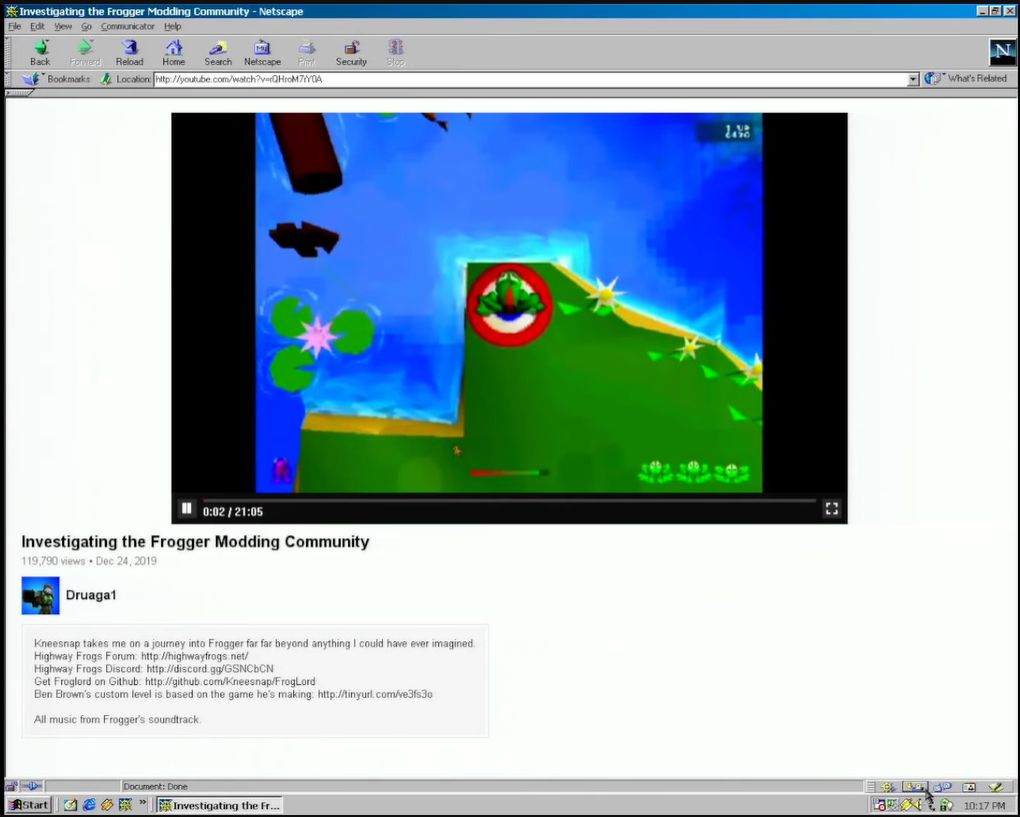A tech enthusiast has successfully demonstrated how to access YouTube using a retro setup involving a Netscape 4.5 browser running on Windows 98. This achievement highlights the challenges and creativity in adapting modern web applications to outdated technology. By leveraging a Python-based proxy, the user, known as Throaty Mumbo, has found a way to stream YouTube videos in standard definition on hardware that was never designed for such tasks.
The 1990s internet experience offered limited multimedia capabilities, typically characterized by low-resolution video formats. With the evolution of web standards, accessing sites like YouTube has become increasingly complicated for older systems due to the requirement for secure HTTPS connections. As a result, users of 1990s browsers are unable to connect to most modern websites, including YouTube.
To overcome this limitation, Throaty Mumbo crafted a solution that involved creating a proxy server capable of transforming YouTube’s complex HTML, CSS, and JavaScript content into a format that the older browser could interpret. The proxy utilizes the yt-dlp utility to fetch videos from YouTube and then transcodes them into MPEG1 format, allowing for streaming in a resolution compatible with Netscape 4.5.
Innovative Use of Browser Plugins
Another noteworthy aspect of this project is the use of browser plugins. Despite being released in the early 1990s, Netscape still supports NPAPI plugins, which facilitate video decoding and rendering. This allowed users to play back videos directly within the browser, enhancing the multimedia experience. With some adjustments, it was even possible to use Netscape 2.0 to access and view YouTube content, complete with full-screen playback and video seeking capabilities.
The project exemplifies how innovations in browser technology have paved the way for enhanced multimedia experiences on the web. While few modern browsers, such as Pale Moon, still support NPAPI, this feature once played a pivotal role in the development of web-based video playback.
Throaty Mumbo’s endeavor serves as a nostalgic reminder of the internet’s evolution and a testament to the ingenuity of retro computing enthusiasts. The successful adaptation of YouTube for 1990s technology not only highlights the enduring appeal of older systems but also reflects a broader interest in preserving and repurposing vintage hardware for contemporary use.
In conclusion, as users increasingly seek ways to experience modern technology through the lens of the past, projects like this open up discussions about the intersection of nostalgia and innovation in the ever-evolving digital landscape.
